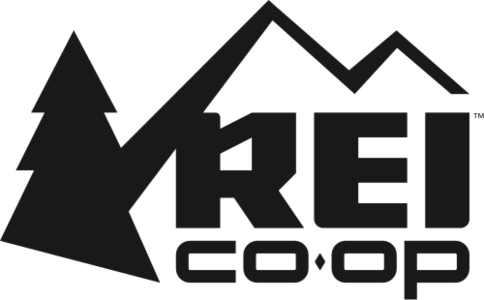Key Findings
- REI has a safer chemicals policy and lists of chemicals it restricts in both private-label and brand-name products. It has eliminated PVC in most private-label products and has restricted toxic flame retardants in tents and other camping equipment.
- The company has set goals to phase out and eliminate five key categories of hazardous chemicals in private-label products: 1) Antimicrobials and biocides; 2) flame retardant chemicals; 3) PFAS; 4) PVC; and 5) solvents of high concern. In the fall of 2020 it brought to market its first flame retardant-free tent.
- REI’s position on PFAS is mixed. On one hand, it is targeting PFAS for phase-out in its private-label products. On another, it refers to short-chain PFAS as a “positive stepping stone” for brand-name products. In late 2020, it set a new requirement for brands: “All ski wax products and gear and clothing treatments supplied to REI be free of long-chain and short-chain PFAS” by spring 2023. At the same time, the retailer is still allowing brands to use PFAS in other products like jackets, footwear, tents, and sleeping bags.
Recommendations for REI
- REI must act aggressively to phase out and ban PFAS in all private-label and brand-name outdoor apparel and gear and invest financial resources to support the development of safer alternatives and green chemistry solutions.
- REI should set bold goals and timelines to phase out other key classes of chemicals of high concern (CHCs), especially halogenated flame retardants and phthalates. The company should also eliminate plastics of environmental health concern (PEHCs) from its product and packaging materials. REI should publicly disclose the alternatives used to replace the CHCs or PEHCs it has eliminated.
- REI should become a signatory to the Chemical Footprint Project, pilot it with key private label suppliers, and publicly report on progress in implementing its safer chemicals policy on an annual basis.
How does REI compare to its competitors?
Analysis of REI
Oversight: Established management responsibilities and incentives
Disclosure: Requires suppliers to report use of chemicals in products to retailer
Action: Reduced or eliminated chemicals of high concern (CHCs) or plastics of environmental health concern (PEHCs) within the last three years
Safer Alternatives: Evaluates safer alternatives, avoids regrettable substitutes
Transparency: Demonstrates a commitment to transparency and public disclosure
Third-party Standards: Promotes credible third-party standards for safer products
Extra Credit:
Joint Announcement: Public commitment demonstrated through joint announcement
Continuous Improvement: Shows continuous improvement by steadily expanding safer chemicals policy
Collaboration: Actively participates in collaborative process to promote safer chemicals
Impact Investment: Investing financial resources into independent research into safer alternatives and/or green chemistry solutions


